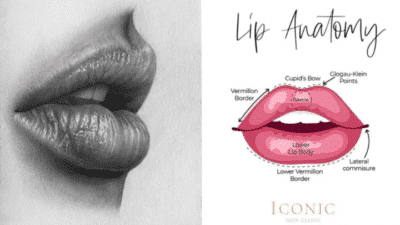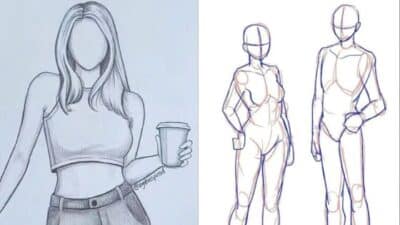Drawing couples can be challenging, but capturing their connection through poses makes the artwork come alive. The best couple poses show natural interaction, emotion, and body language, helping artists convey intimacy and relatability in their work.
Many artists turn to references that offer a range of couple poses, from romantic embraces to playful gestures, to find the right mood for their drawing. These references can come from photo shoots, online collections, or pose databases that focus on anatomy and relationship dynamics.
Using varied couple poses helps break away from stiff or generic drawings, adding depth and authenticity. Whether the goal is a tender moment or a lighthearted scene, choosing the right pose sets the tone and engages viewers more effectively.
Essential Couple Poses Drawing Techniques
When drawing couples, understanding how to show relationships through posture and interaction is key. Focus on expressing emotions clearly, mastering poses where sitting or standing brings the figures to life, and maintaining natural balance in the stance.
Capturing Connection and Emotion
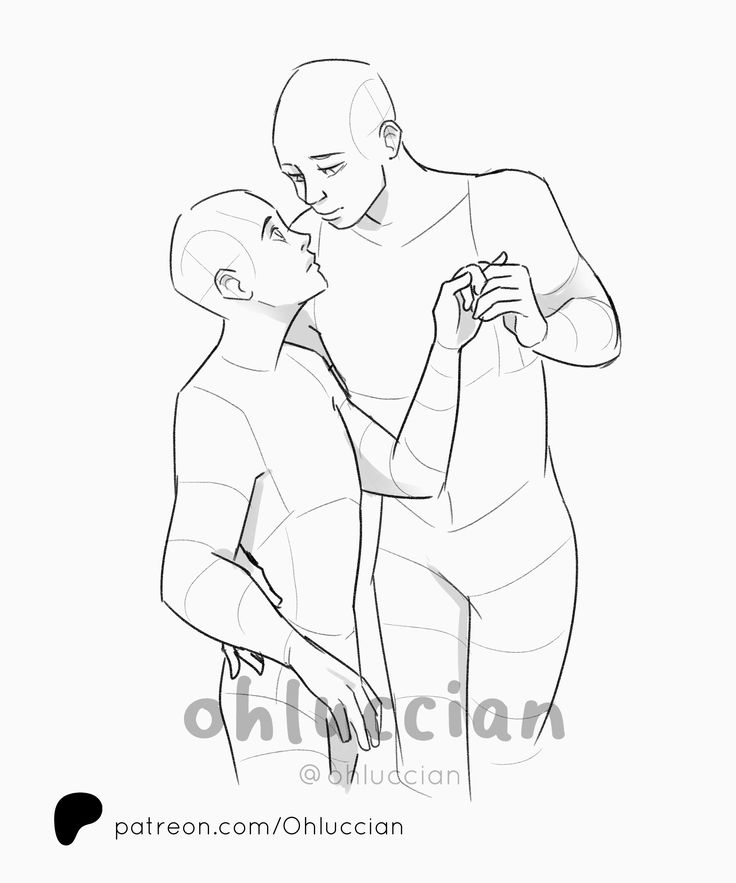

To capture connection, the artist must emphasize body language. Small details like the way one figure leans toward the other or how their hands meet create intimacy.
Facial expressions should be subtle yet meaningful, showing comfort or joy. Avoid stiff or overly symmetrical poses; natural asymmetry feels more genuine.
Use overlapping forms to show closeness. For example, a hand resting gently on a shoulder or a shared embrace adds depth. Pay attention to eye contact or head tilts—they often convey emotional bonds clearly.
Dynamic Sitting Poses
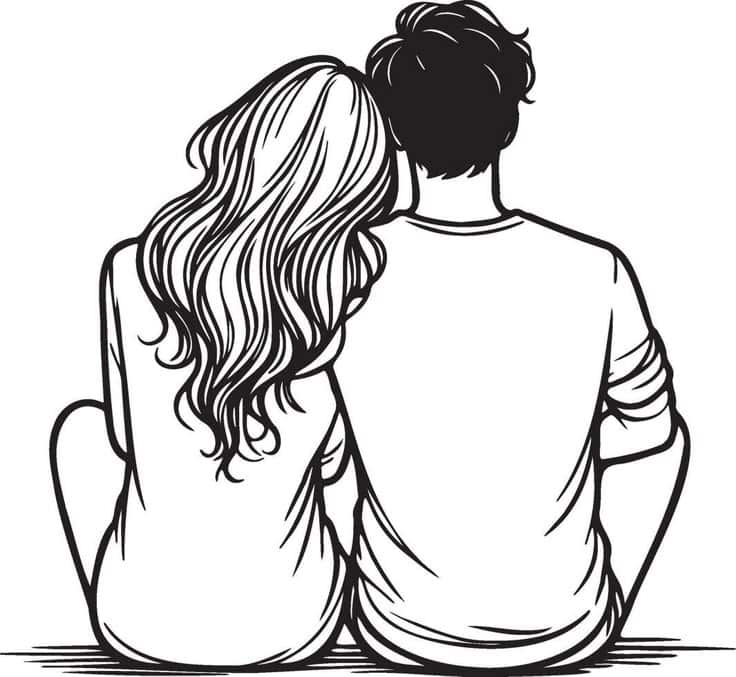
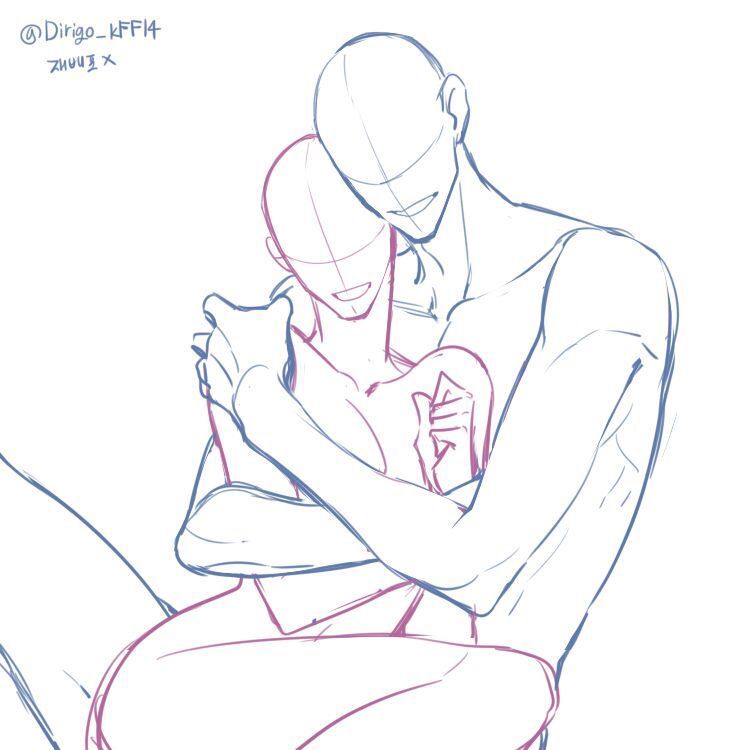
Sitting poses for couples require careful positioning to avoid awkwardness. One helpful technique is to vary leg direction: have one figure cross legs while the other’s feet are planted, creating contrast and interest.
Interaction points, such as holding hands or leaning on each other’s shoulders, guide the composition. Placement on furniture should look balanced but casual.
Artists should note weight distribution and keep the posture relaxed, not rigid. Use simple angle shifts to suggest comfort and relational energy, making the pose feel believable and warm.
Standing Pose Essentials
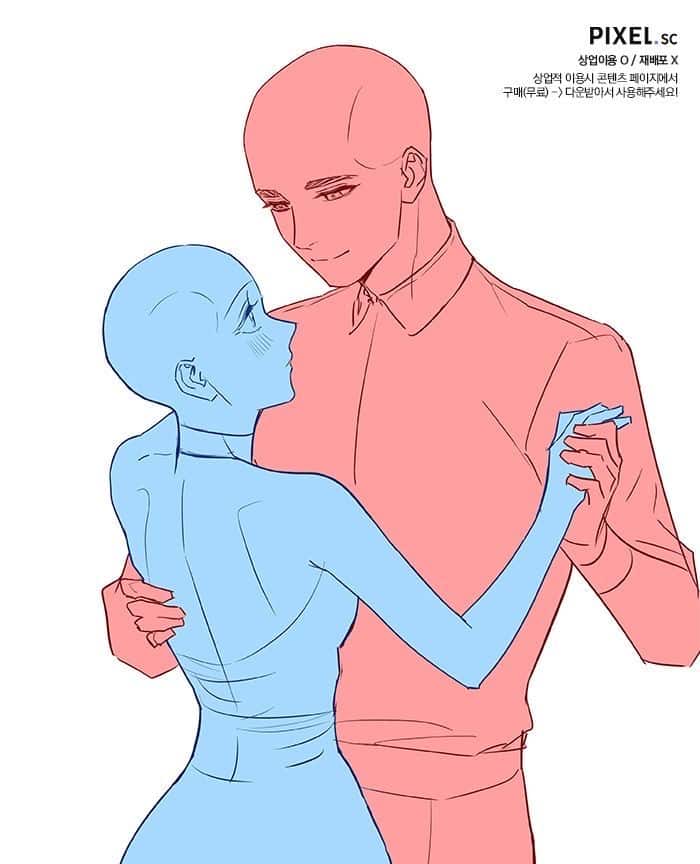
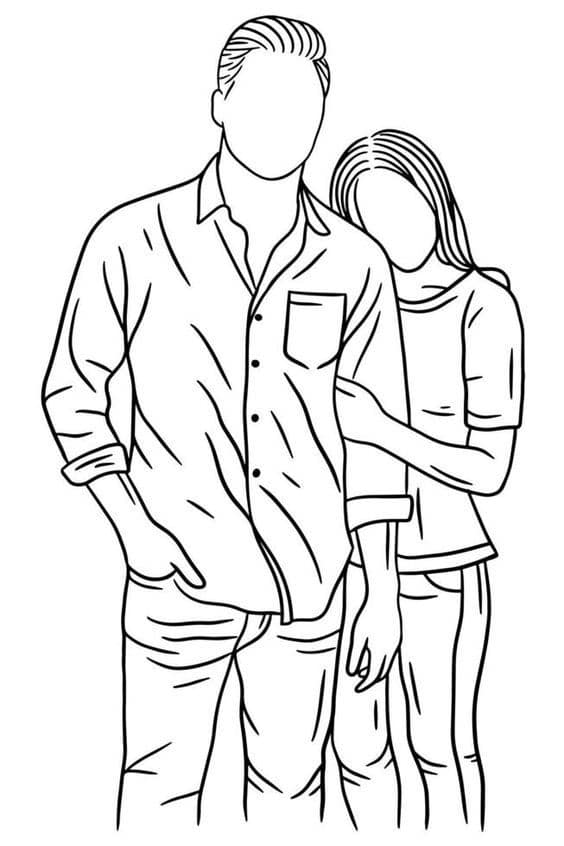
Standing couple poses demand attention to weight shift and stance. Both figures should have a grounded center of gravity, with one foot often bearing more weight to avoid stiffness.
Interactions can range from holding hands at the side to an arm around the waist. Position elbows and shoulders naturally to keep the pose fluid.
To maintain visual interest, offset their heights slightly or use subtle turns of the torso. This prevents the figures from appearing rigid or just side-by-side without connection. The goal is a balanced, natural, and engaging stance.
Adding Style and Personality
Capturing style and personality in couple poses helps bring drawings to life. Details like gestures and background elements can show emotion, relationship dynamics, and unique character traits.
Expressive Gestures and Details

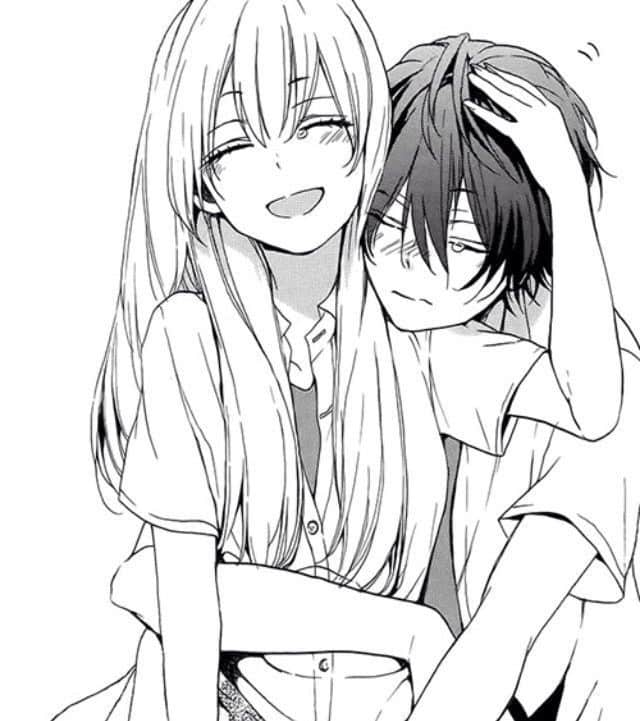
Gestures speak volumes in couple drawings. Small actions—like a hand resting gently on a shoulder or a casual lean—reveal intimacy or playfulness. Artists often use triple gestures: repeated sketching of the same pose focusing on different emotional nuances to find the perfect expression.
Facial details matter too. A soft smile or a raised eyebrow adds personality without needing complex poses. Clothing choices, hairstyles, and accessories should reflect each character’s individuality and the mood between them.
Using contrast in body language shows differences in energy or dominance, making the interaction feel more real. For example, one character might stand firm while the other leans in, indicating trust or vulnerability.
Incorporating Background Elements


Backgrounds shape the story behind the pose. Simple additions like a couch, park bench, or window frame anchor the couple in a specific moment or mood.
Including symbolic objects enhances meaning without clutter. A shared book, coffee cups, or scattered leaves can hint at their relationship stage or shared interests.
The background also impacts composition. It can guide the viewer’s eye toward the couple or balance the sketch. Light sources and shadows bring depth and emphasize emotion, such as soft lighting for warmth or sharp contrasts for tension.
Careful choices in setting often strengthen the characters’ connection and the overall feeling of the drawing.
Conclusion

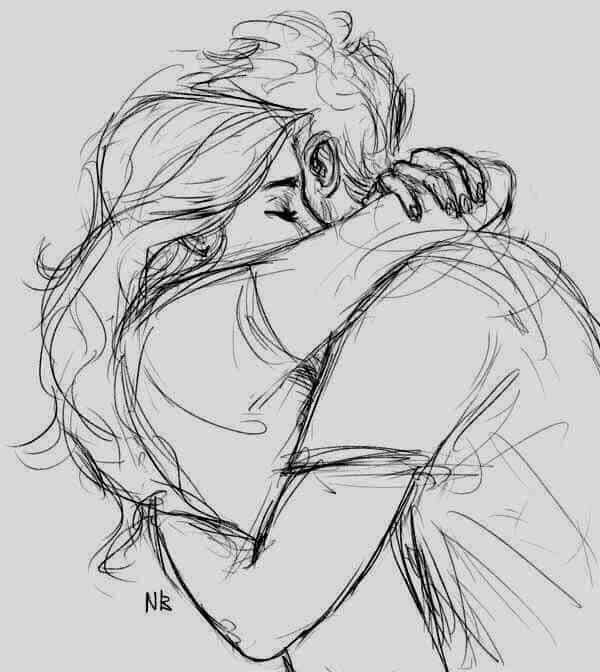
Drawing couple poses is a great way to explore relationships and emotions visually. It challenges artists to capture interaction, body language, and connection between two figures.
To improve, artists might try quick gesture sketches to loosen up, then refine with detailed studies focusing on proportion and posture. This balance helps keep poses dynamic and natural.
Using references, such as Pinterest boards or art assets, can inspire new ideas and angles. They provide a useful base to understand different types of couple interactions like romantic, playful, or tense moments.
Remember that practice and patience are key. Each attempt builds confidence and skill, making it easier to depict believable and expressive couples over time.
Key tips for drawing couple poses:
- Focus on body language first, then add facial expressions.
- Use thumbnail sketches to experiment quickly with layouts.
- Study real-life couples or photos to observe natural movement.
By combining observation, reference, and practice, artists can create engaging and heartfelt couple drawings. It’s a rewarding way to tell stories through pose and posture.
- 869shares
- Facebook0
- Pinterest869
- Twitter0
